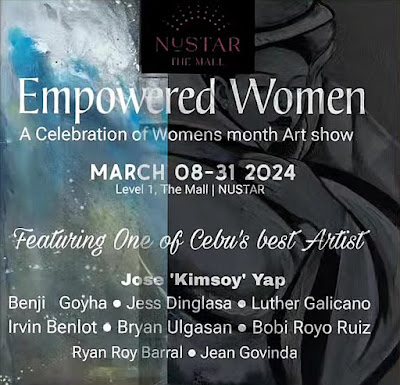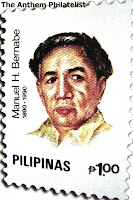Fr. Jose Burgos on Stamps

One of the three priest (GOMBURZA) executed by Garrote at the Bagumbayan Field, Burgos was a stern opponent of the foreign Jesuit's takeover of the parishes. The last to be executed, he was compelled to watch his compatriots die by garrote- a cruel fate for one, In Rizal's words, "still young with ideas in ones head".
José Apolonio Burgos y García was a Filipino mestizo secular priest, accused of mutiny by the Spanish colonial authorities in the Philippines in the 19th century. He was placed in a mock trial and summarily executed in Manila along with two other clergymen.
Burgos was born in Vigan, Ilocos Sur on February 9, 1837 to a Spanish officer, Don José Tiburcio Burgos, and a mestiza mother named Florencia García. He obtained three undergraduate degrees with honors, two masters degrees and two doctorate degrees from the Colegio de San Juan de Letran and from the University of Santo Tomas. He conducted his first mass in the Intramuros.
Burgos' liberal views, codified in editorial essays, championing political and ecclesiastic reforms in favor of empowering more native clergymen, made him a target of opposition by Roman Catholic authorities.
In 1864, an anonymous pamphlet was published in Manila, criticizing the prejudice in the Church, and providing rebuttals against several canards against the native clergy. Although the document was unsigned, historians believe the author to be Burgos, based on its style and content. Burgos also penned several signed articles later in his life, in response to a series of anonymous written attacks on the Filipino clergy. Though Burgos offered few new ideas, his name caught the attention of Spanish authorities, who would report that the native clergy was becoming liberal and separatist.
In 1869, Felipe Buencamino, a young student and an acquaintance of Burgos, was charged with spreading nationalist propaganda in the form of leaflets scattered throughout his school's campus, demanding academic freedom. This accusation was given credence by a protest he staged several months prior, against being required to speak Latin in the classroom. Consequently, Buencamino and some of his associates were sent to jail. With the aid of Burgos, Buencamino was freed four months later, only to be told that having missed school for four months, he would have to find a tutor who would help him make up for the classes he missed. Buencamino chose Burgos.
By this time, Burgos had established a reputation as a defender of the native clergy. His debates over the rights of native priests had extended to include questions of race and nationalism. This reputation would eventually cause him to be implicated in a mutiny in Cavite.
After the Cavite Mutiny on January 20, 1872, the trial of mutineer sergeant Bonifacio Octavo revealed that a man named Zaldua had been recruiting people for an uprising. Octavo testified that this man claimed to be under the orders of Burgos, but inconsistent details during Octavo's cross-examinations called into question the validity of his testimony. Nevertheless, governor-general Rafael Izquierdo reported to Madrid that the testimony had confirmed his suspicions, and pinned the blame on Burgos and two other priests, Jacinto Zamora and Mariano Gómez, for sedition.
The three were dragged through a tribunal amid a list of drummed up charges and false witnesses, and where their own lawyers betrayed them to the court. On February 17, 1872, they were garroted in the middle of Bagumbayan field (now Luneta Park).
The stamp was issued on March 24, 1963.






